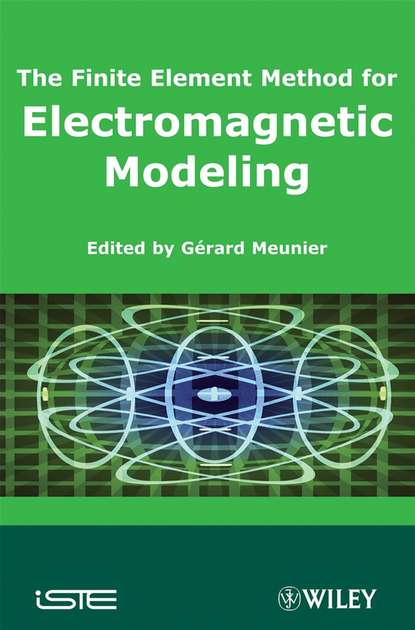The Finite Element Method for Electromagnetic Modeling

Written by specialists of modeling in electromagnetism, this book provides a comprehensive review of the finite element method for low frequency applications. Fundamentals of the method as well as new advances in the field are described in detail. Chapters 1 to 4 present general 2D and 3D static and dynamic formulations by the use of scalar and vector unknowns and adapted interpolations for the fields (nodal, edge, face or volume). Chapter 5 is dedicated to the presentation of different macroscopic behavior laws of materials and their implementation in a finite element context: anisotropy and hysteretic properties for magnetic sheets, iron losses, non-linear permanent magnets and superconductors. More specific formulations are then proposed: the modeling of thin regions when finite elements become misfit (Chapter 6), infinite domains by using geometrical transformations (Chapter 7), the coupling of 2D and 3D formulations with circuit equations (Chapter 8), taking into account the movement, particularly in the presence of Eddy currents (Chapter 9) and an original approach for the treatment of geometrical symmetries when the sources are not symmetric (Chapter 10). Chapters 11 to 13 are devoted to coupled problems: magneto-thermal coupling for induction heating, magneto-mechanical coupling by introducing the notion of strong and weak coupling and magneto-hydrodynamical coupling focusing on electromagnetic instabilities in fluid conductors. Chapter 14 presents different meshing methods in the context of electromagnetism (presence of air) and introduces self-adaptive mesh refinement procedures. Optimization techniques are then covered in Chapter 15, with the adaptation of deterministic and probabilistic methods to the numerical finite element environment. Chapter 16 presents a variational approach of electromagnetism, showing how Maxwell equations are derived from thermodynamic principles.



